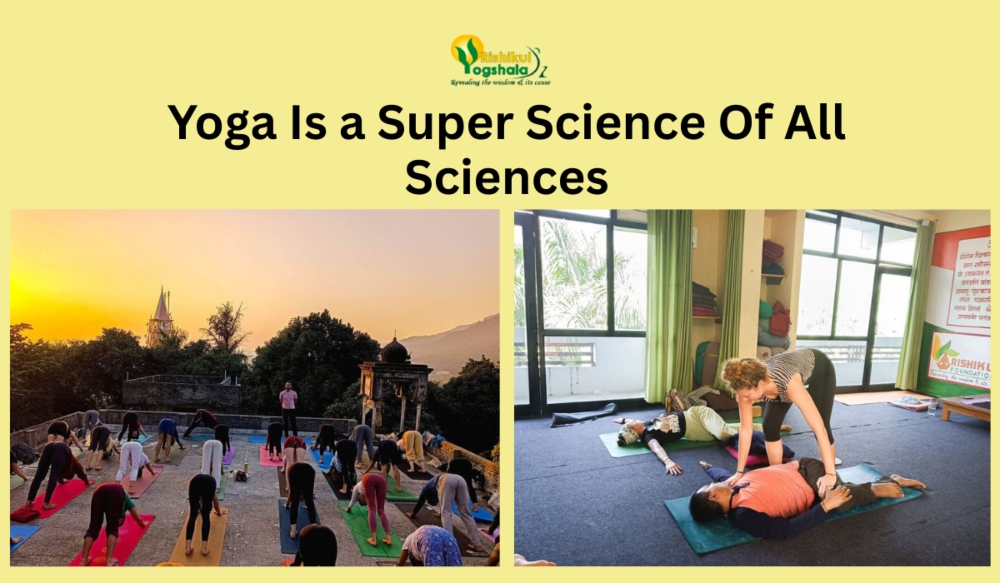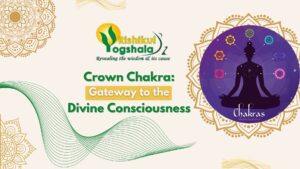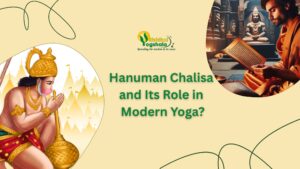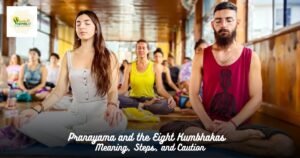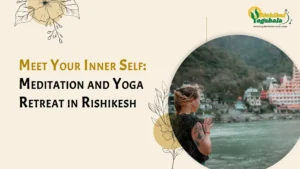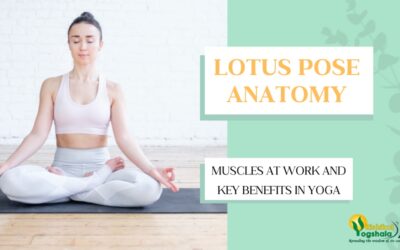Yoga and Science
There is no doubt that yoga is a science of all sciences. It has been accepted by all literate, illiterate, doctors, scientists, atheists, non-atheists, and so on. The word which is used for science is known as Vidhya in the Sanskrit language. “Vidhya” means the right fact or insight/knowledge”.

Now the question is what kind of fact and insight it has contained, delivered, and shown to us in terms of “Adhyatma Vidhya” {spiritual science}. Since human beings came into existence in this universe. We just did not grow up with instinctive natures called hunger, sleep, sex, and insecurity. These are part of our limited nature in terms of daily needs and habits.
AhAra-nidrA-bhaya-maithunam cha samAnam_etat_pashubhir_narANAm |
dharmo hi teShAm adhiko visheSho dharmeNa hInAH pashubhiH samAnAH||
आहार-निद्रा-भय-मैथुनं च समानमेतत्पशुभिर्नराणाम् ।
धर्मो हि तेषामधिको विशेषो धर्मेण हीनाः पशुभिः समानाः ॥
We are not only born with physical, physiological, and psychological traits, and their practices. The beautiful sloka is expressing this by saying that animals and human beings are born with these instinctive natures, but what makes the human evolve from the animal being/limited nature to the higher being?
That’s called “dharma”; literally, it means “right conduct/discrimination” or “that which upholds firmly the universal phenomena”. If humans have not been using their potential to go beyond and realise complete being, then there would be no such differences that indicate humans and animals are not the same in nature and potential.
Beyond all these, the human being has been threatened by the questioning mind intensely; for instance, who am I? What is the purpose of life? Why is life between pain and pleasure? How to liberate oneself from the pain and pleasure/birth and death cycle? And so on. It doesn’t end here, only with questions.
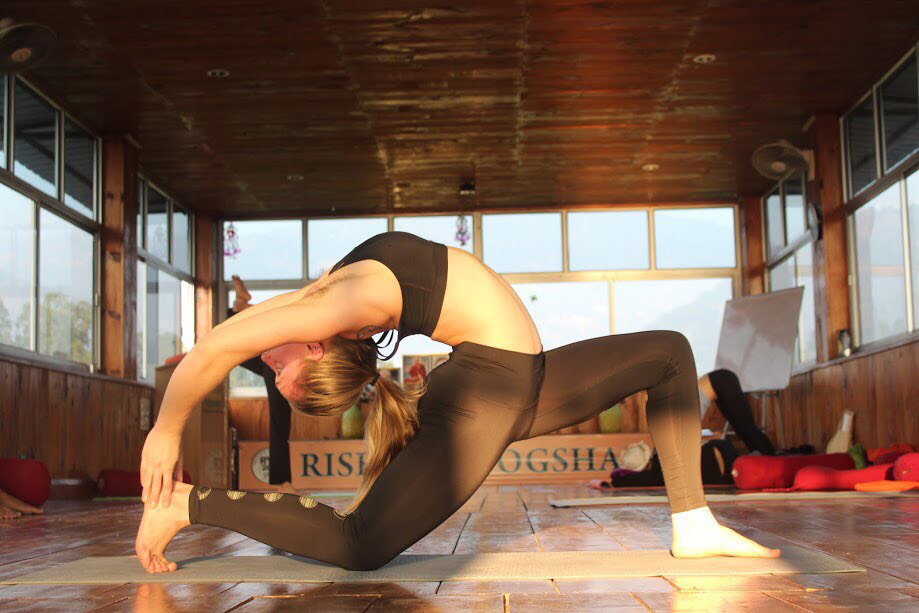
Since these questions have been rising in the past and also today in the human mind, they started enquiring with unbroken contemplation and meditation, cross-questioning with themselves, and therefore to have mastery over self-restraint to solve and achieve self-realisation. On the other hand, the people were enquiring and discovered how to build civilisations, engineering, computer science, weapons, and so on.
They both have had success, which we can see today – that is where we are. The first ones are called “yogis”, who have been enquiring and practising the yogic methodologies, with which they came out with a conclusion, and that’s called “Samadhi” in yogic science. On the other hand, the second one is called scientists who have given us the revolution by technology, computers, transportation, agriculture, powerful civilisations, and so on. It’s very interesting in terminology that both sciences wanted to provide us with facts, solutions, luxury, wisdom, and ease.
Yoga Is a Science With Philosophy and Practical Methods
Yoga is a science with philosophy and practical methods for realising the true nature of our selves within by separating the consciousness from the matter, contemplating and meditating on such studies and practices of facts and logic, that we are not the body and mind complex but beyond which is known as complete self, Samadhi “the deep absorption of meditation”. It is the well-known definition of the word “yoga” by yogis and Vedantic (non-dual) philosophers.

Also Read – 6 Reason Why Yoga is Genuine Science of Separation and Unification?
Therefore, many of the masters have translated the word yoga as ‘union too, the union between the individual self, which is uniting with the universal self. Both translations are right on their terms, which leads to the same experience known as “Samadhi”.
Conclusion
Hence, most of the masters said that yoga is not just some physical postures or breathing exercises, but it’s a complete science which deals with humans’ darkest layer. As science helps us explore the external world, mastering many of its secrets in the process, Yoga directs our attention inward and investigates what we can do with it. Both have the objective of investigation, innovation and truthfulness, yet where yoga leads us is to self-realisation — observing what we are?
The practice of yoga is the bridge from the known to the unknown, the physical to the spiritual and temporal to eternal. It is philosophy to sit with, but it is also a practice. Approached with the genuine sincerity, discipline and open heart of a yogi, yoga reveals itself as the science of all sciences- timeless, universal and world-changing.

